 Plant Nature Study II
Plant Nature Study II
Plant Nature Study II
Plant Nature Study II

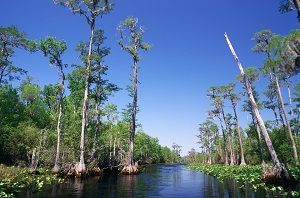

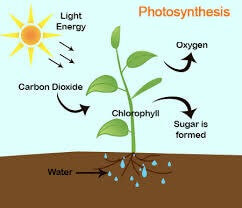
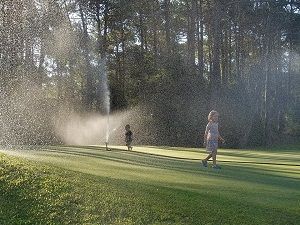
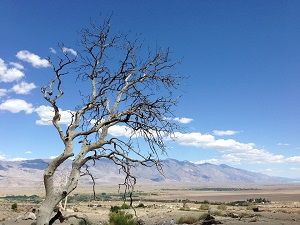
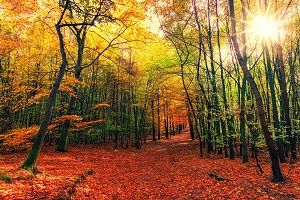
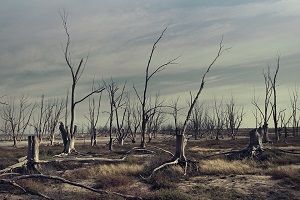
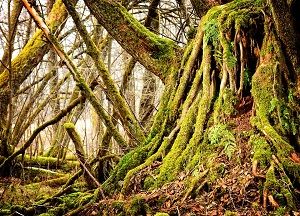
 Plant Nature Study II
Plant Nature Study II
Plant Nature Study II
Plant Nature Study II

Study the lesson for one week.
Over the week:
PROPERTIES OF WATER AND TRANSPIRATION

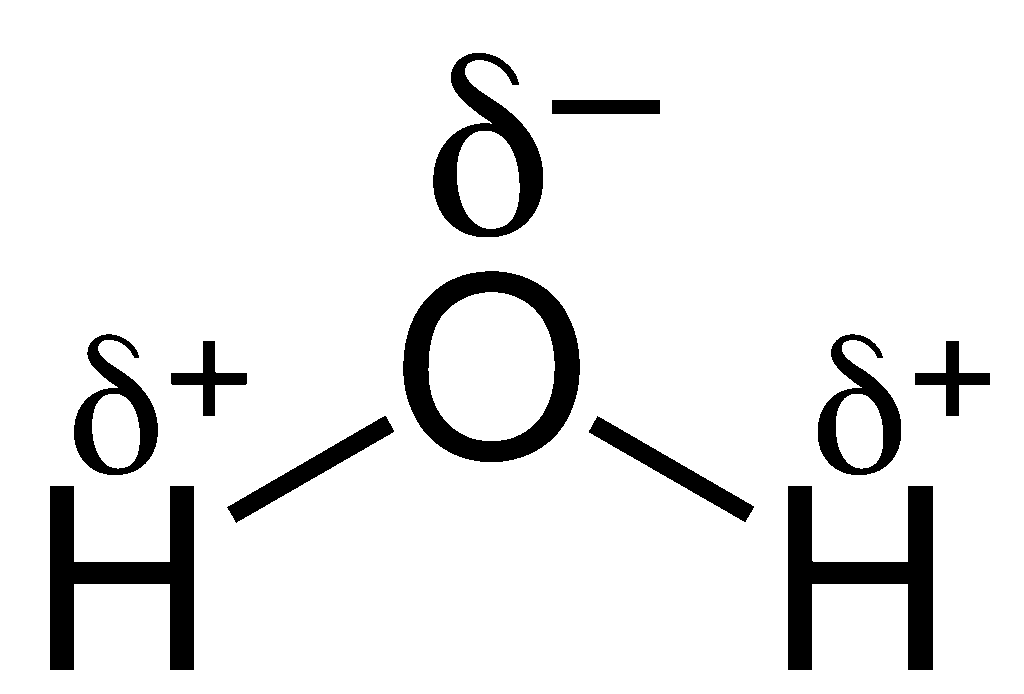
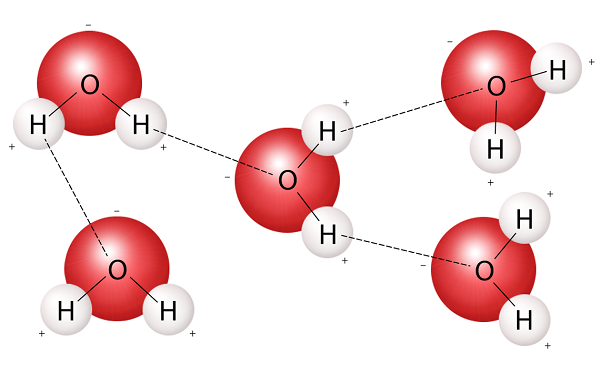
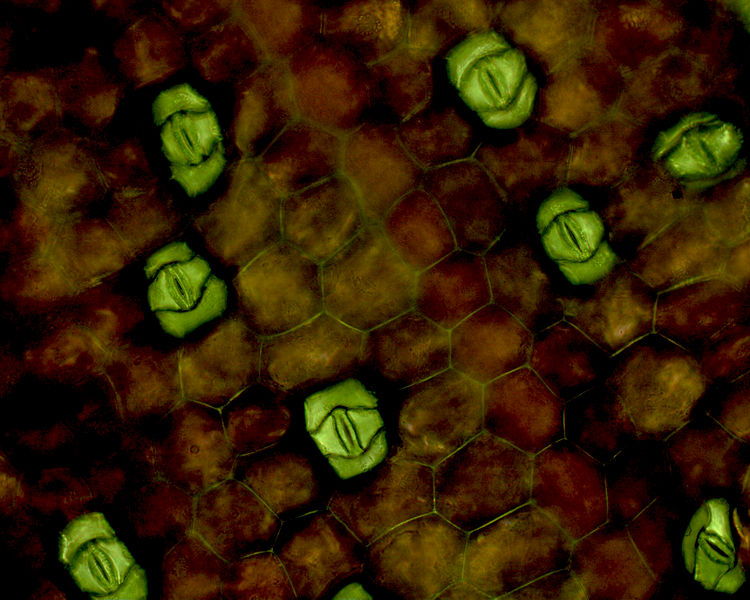
As water evaporates through the stomata, the attractive forces between water molecules pulls more water up through the roots. This process is called transpiration.
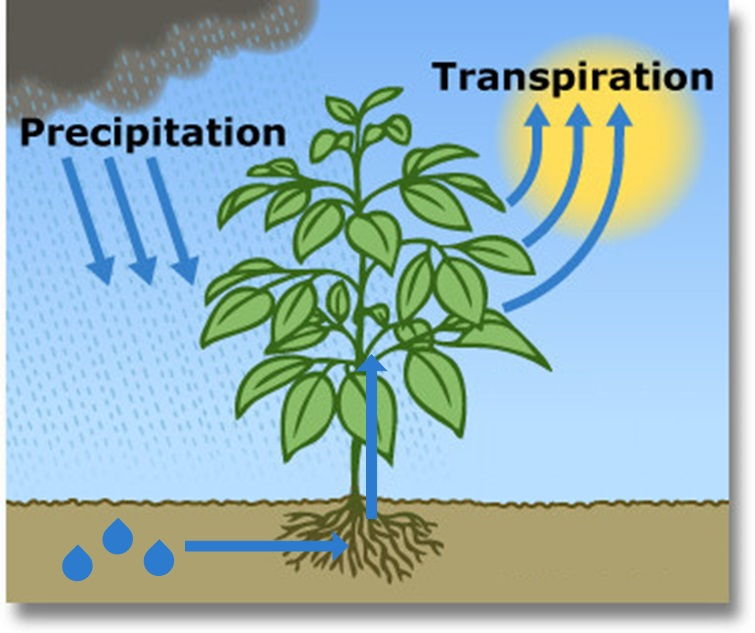
Activity 1: Narrate the Lesson
Activity 2: Study the Lesson Pictures
Activity 3: Conduct an Experiment: The Fullest Glass
Note: This phenomenon occurs because water molecules are attracted to each other (see Concepts Section).
Materials
Directions
Activity 4: Take a Nature Walk
Activity 5: Complete a Field Book Entry

After your nature walk, complete page 31 in 'Science Field Book for Fourth Grade.'